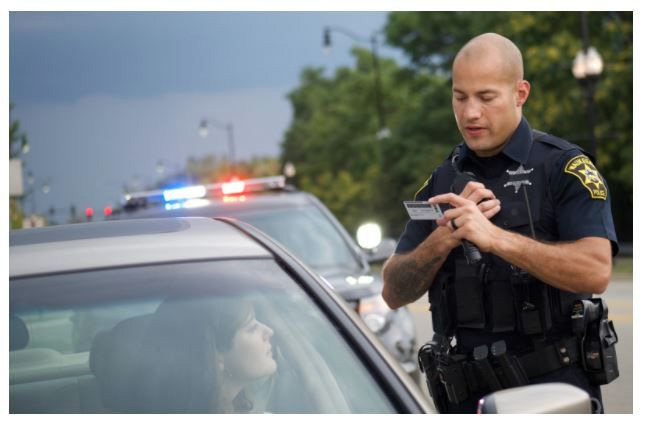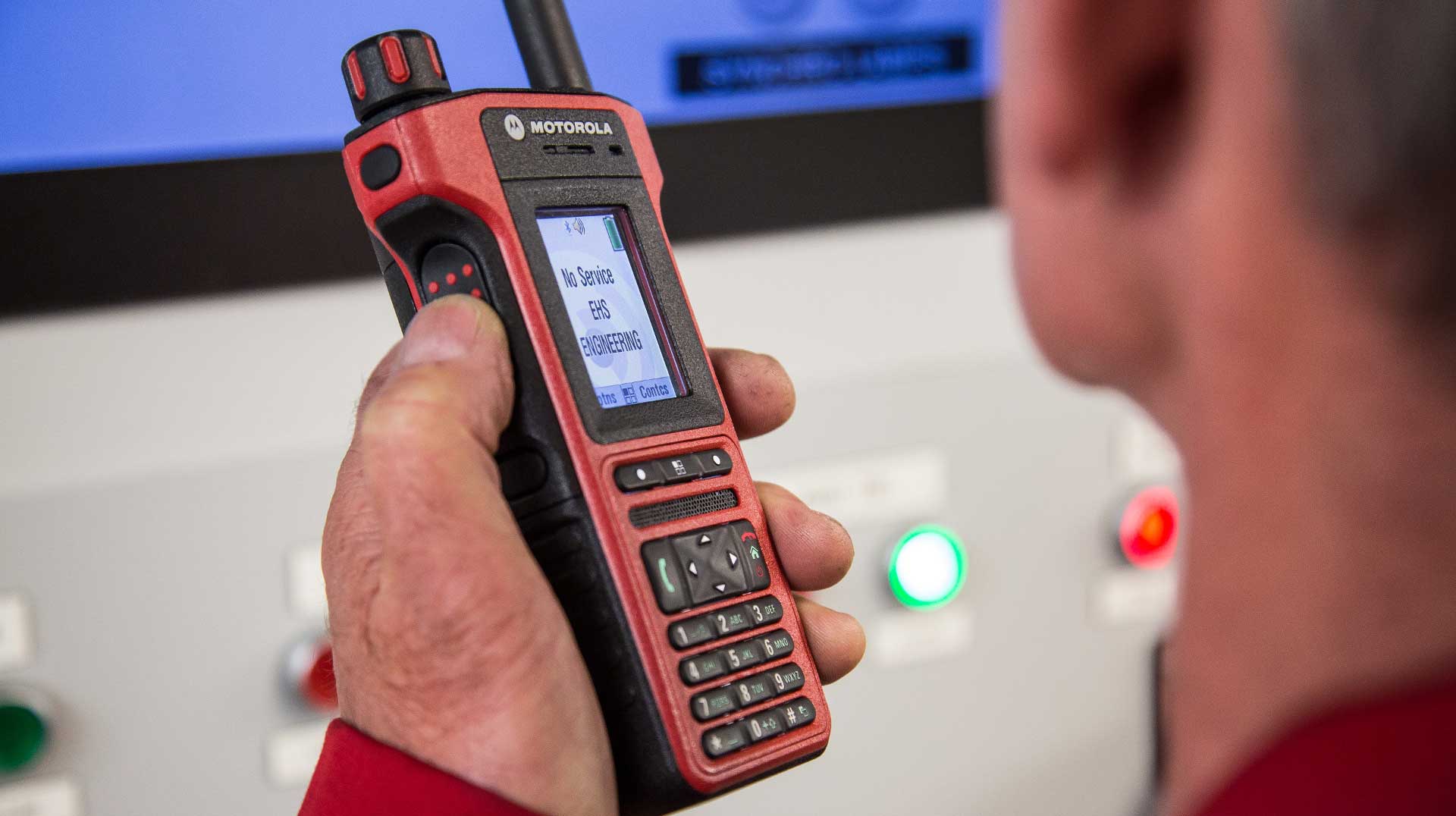A variety of police body-worn camera (BWC) benefits  have been outlined since they’ve been thrust into the spotlight over the past couple years. In this series, we will be breaking down three primary components of successfully using the digital evidence BWCs produce in court, based on a piece from our recently released Digital Evidence 101 white paper bundle.
have been outlined since they’ve been thrust into the spotlight over the past couple years. In this series, we will be breaking down three primary components of successfully using the digital evidence BWCs produce in court, based on a piece from our recently released Digital Evidence 101 white paper bundle.
In this post we will focus on the generation of objective evidence and what needs to be considered when evaluating body-worn camera solutions to accomplish that.
Police Body-Worn Cameras Are About More Than Just Video
“The utilization of body-worn camera video and audio recordings at trial can provide the court with the actual statements of officers, suspects, and others that might not otherwise be admissible in court based upon hearsay concerns, or might not get sufficient consideration if there are conflicting memories of the statements.”
-The IACP National Law Enforcement Policy Center. Body-Worn Cameras.
BWCs have been at the forefront of capturing video evidence for agencies. When evaluating these devices, considerations such as a camera’s field of view and wearability are important to understand before implementing. But don’t forget audio capture and quality.
As multimedia continues to be a substantial part of case evidence, video is only one component. While flexible mounting and physical camera design can be instrumental in ensuring officers of all sizes can accurately capture visually what happened, audio evidence can provide valuable context for an officer’s actions when heard alongside that video. But capturing audio is not straightforward.
An audio recording is going to pick up ambient noises – a dispatcher on the radio, a car’s siren, other people talking or shouting in the background. All of these contribute to providing valuable context to how a situation unfolded. But since many BWCs are located near a remote speaker microphone, they can be highly susceptible to radio audio overpowering other noise and things that were said on scene.
Suddenly, the digital evidence isn’t as helpful in accurately portraying how an officer perceived a situation. This kind of interference can affect the usefulness of the digital evidence in prosecution and defense decisions. When deciding on a BWC ensure that video isn’t the only thing you’re evaluating. The ability of the camera to record audio as it was heard on scene can be vitally important in accurately portraying how an incident unfolded to the courts, or to the public.
Check back in as we dive into two other components of successfully using BWC digital evidence in court. If you can’t wait and want the full paper on how to successfully use body-worn video evidence in court now, visit our Digital Evidence 101 page for that exclusive content plus much more!




